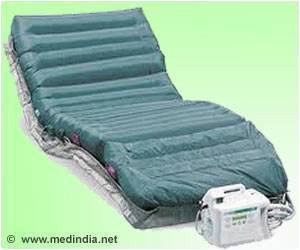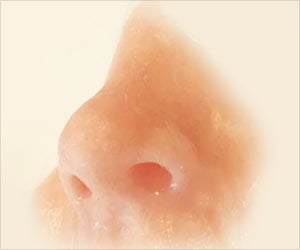Highlights
- Wireless electroceutical dressing (WED) generates a weak electric field without any external power supply and can be used like any other disposable dressing.
- Bandages using WED disrupt bacterial bio-film infection which accounts for at least 75 percent of bacterial infections.
- The bandage also fights antibiotic resistance and enable healing in infected burn wounds.
Biofilm Infection
Bacterial biofilms represent a major wound complication. Resistance of biofilm towards drug interventions calls for alternative strategies. Bacteria rely on electrostatic interactions to adhere to surfaces, an important aspect of biofilm formation. The concept that weak electric fields may have anti-biofilm property was first reported in 1992.
This study builds on Sen’s 2014 research with a wireless electroceutical dressing (WED) using silver and zinc printed on fabric. When moistened, WED generates a weak electric field without any external power supply and can be used like any other disposable dressing.
"The fact that wireless electric dressing is FDA-cleared and already in clinical use heightens the need to understand underlying mechanisms to enable optimal use," Sen said.
During the study, WED dressing was applied within two hours of wound infection in pigs to test its ability to prevent biofilm formation. In addition, WED was applied after seven days of infection to study disruption of established biofilm. Wounds were treated with placebo dressing or WED twice a week for 56 days. Both proved successful, Sen said.
"Our study shows that WED may be viewed as a first generation electroceutical wound care dressing, and it also accelerated functional wound closure by restoring skin barrier function," Sen said.
"Both from bacterial biofilm structure as well as host response perspectives, WED was consistently effective. No batteries or wires are needed because we harness the power of electrochemistry"
Reference
- Chandan Sen et al., Study shows electric bandages can fight biofilm infection, antimicrobial resistance. Annals of Surgery (2017).
Source-Medindia











